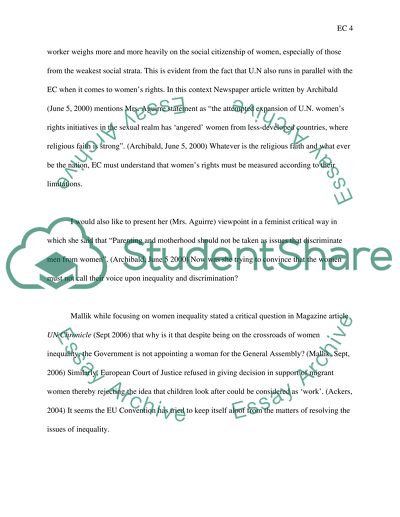Cite this document
(“European Convention on Womens Rights Essay Example | Topics and Well Written Essays - 3000 words”, n.d.)
Retrieved from https://studentshare.org/law/1529868-european-convention-on-womens-rights
Retrieved from https://studentshare.org/law/1529868-european-convention-on-womens-rights
(European Convention on Womens Rights Essay Example | Topics and Well Written Essays - 3000 Words)
https://studentshare.org/law/1529868-european-convention-on-womens-rights.
https://studentshare.org/law/1529868-european-convention-on-womens-rights.
“European Convention on Womens Rights Essay Example | Topics and Well Written Essays - 3000 Words”, n.d. https://studentshare.org/law/1529868-european-convention-on-womens-rights.


